5 Dangerous Things Lurking in Your Lawn, According to Experts
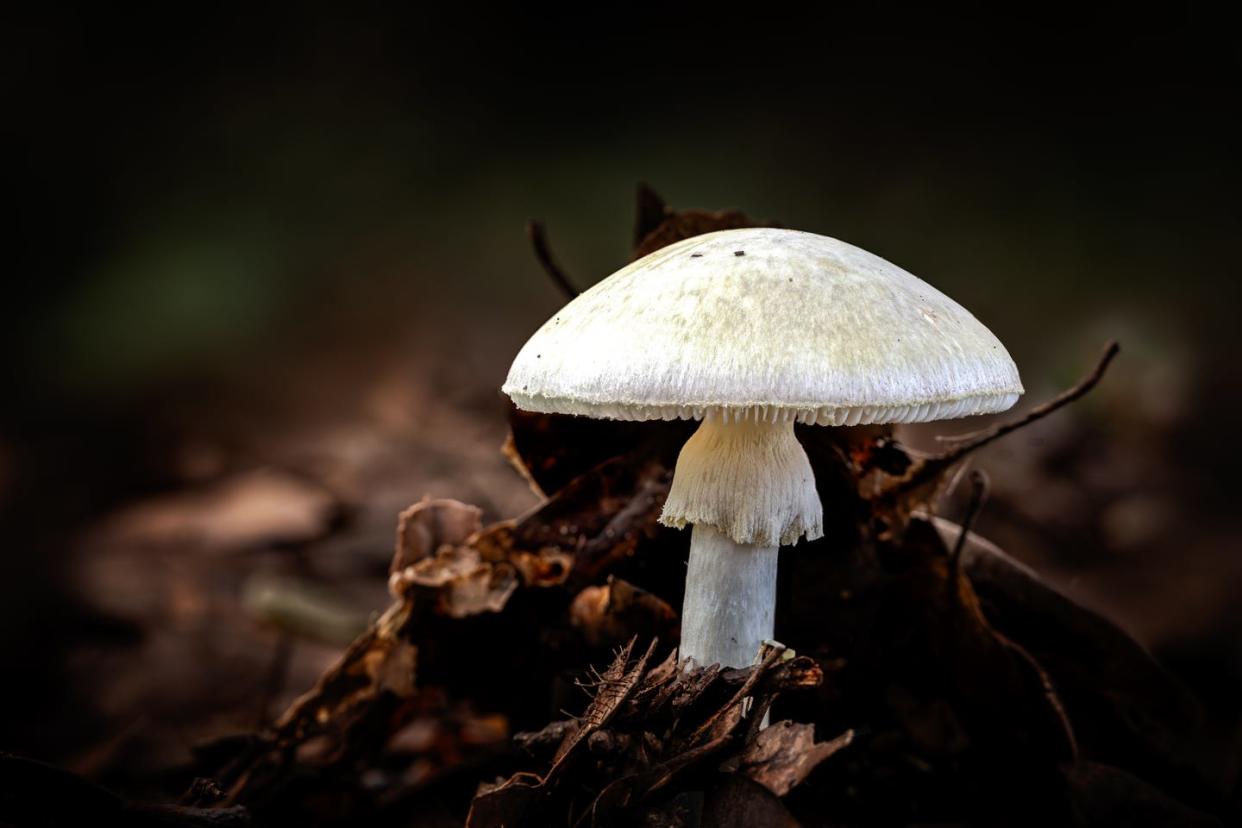
"Hearst Magazines and Yahoo may earn commission or revenue on some items through these links."
Those wild things growing in your yard—the common weeds and invasive plants—aren’t just unsightly and persistent. Many, as you probably know, are toxic to people and pets, too. But in addition to the known troublemakers like poison ivy, which can cause painful rashes, and the lesser-known toxic plants like oleander and foxglove that you should keep out of your yard, other dangerous organisms could be growing (or inhabiting) your lawn.
From mushrooms to snow mold, landscaping experts share the living things in your yard that you should keep your eye out for because they could spell danger, whether for you, your kids, your pets, or your lawn.
Poisonous Mushrooms
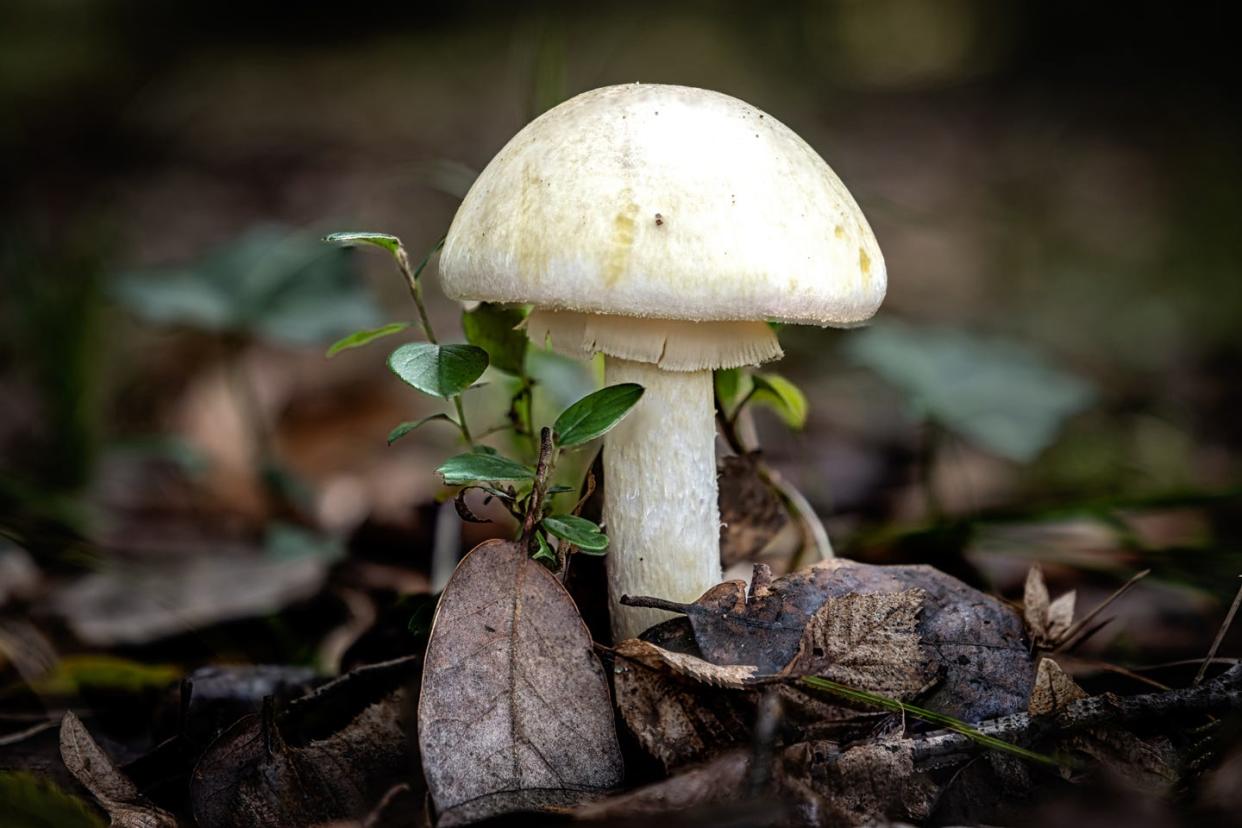
After a few days of heavy rain, you might notice some intruders pop up in your yard: mushrooms.
While only about 3 percent of mushroom varieties are poisonous, according to the Cleveland Clinic, they’re not something you want to take a chance on. Consuming a poisonous mushroom could lead to symptoms that range from upset stomachs to liver failure. You also don’t want your dog sniffing around the yard and snacking on any toxic fungus.
One of the most notorious mushroom varieties is the death cap (Amanita phalloides), which contains amatoxins, and can be lethal if consumed, says Steve Schumacher, the owner-operator of Boston Landscape Co. In fact, death cap mushrooms, which often grow near or on oak, elm, and birch trees, account for 90 percent of mushroom poisoning deaths. According to WebMD, death cap mushrooms have white or yellow caps with a green tint and also have white gills under the cap that don’t attach to the stalk.
If you spot mushrooms in your yard, put on your gardening gloves and get to plucking. Grasp the mushrooms close to the base and pull up the entire stem, Schumacher says. Maintaining well-drained soil and raking up decomposed organic matter will also help prevent mushrooms from coming back.
“These fungi tend to appear in late summer and fall, especially in areas with lots of shade and moisture,” he says.
Snow Mold
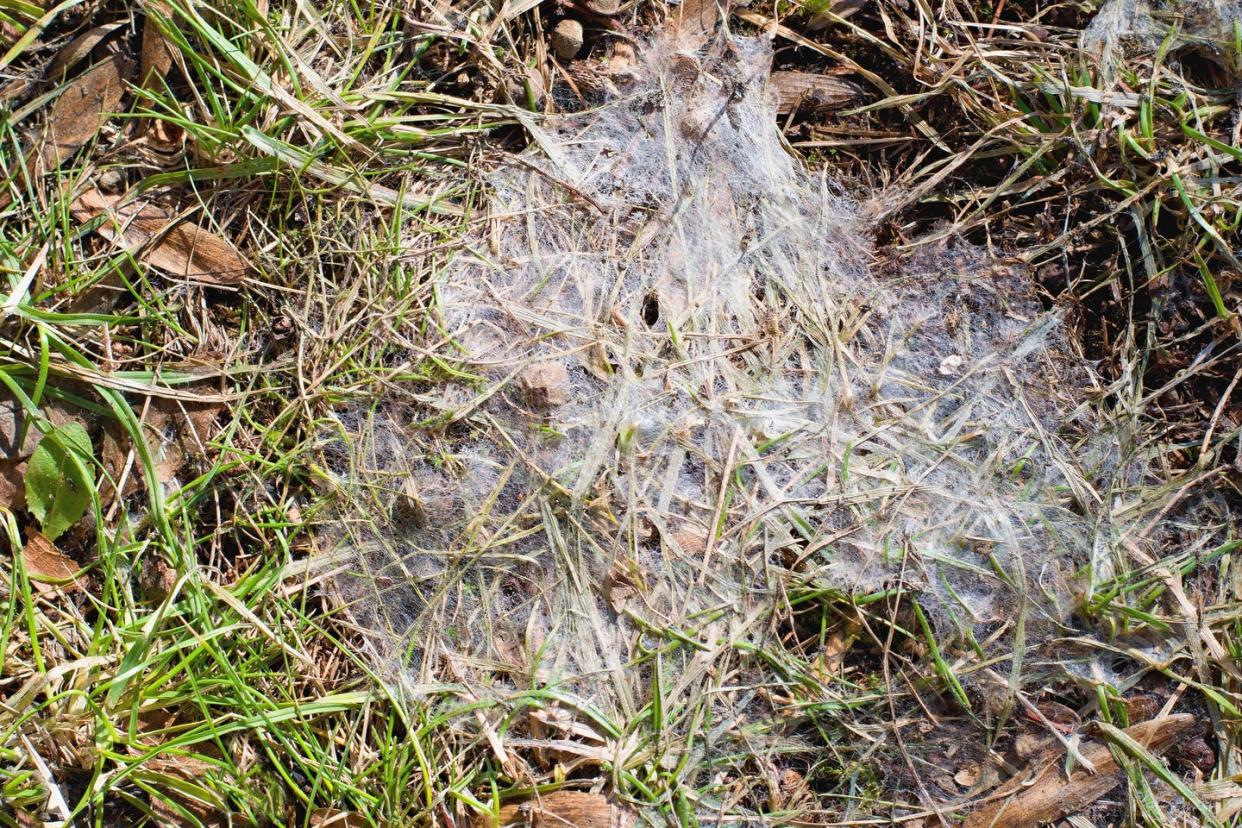
When snow melts, it can turn into snow mold, explains TruGreen’s agronomist Dr. Roger May.
The cold-weather fungus mostly affects cool-season grasses, like Kentucky Bluegrass and Fescues, usually revealing itself after periods of extended snow cover. Not only is snow mold bad for your lawn, it can also trigger allergies and pose health problems for those with respiratory diseases like asthma just like other molds.
If you spot snow mold in the spring after snowmelt, put on an N95 mask and rake the matted grass to break to help with circulation. Also, May says, in the fall, when you mow your lawn for the last time before the winter season, cut your blades short at (about 2 to 2.5 inches) because they won’t mat down as much as longer grass blades.
One more trick: Avoid using excess nitrogen fertilizers in the late fall. This way, your soil will drain better and prevent excess moisture that can give way to snow mold and other fungus.
Rodents (and Their Tunnels)
Rodents pose a different type of safety hazard in your outdoor space. Critters like gophers and moles dig underground tunnels that can damage your irrigation systems, Schumacher explains. If this happens, your lawns can get uneven and spongy, which can increase the risk of a fall.
These pests tend to be most active in spring and summer, particularly in yards bordering vacant lots, Schumacher says.
Some humane ways to keep rodents out of your backyard include using a repellant that contains castor oil or trying physical barriers like raised flower beds.
Nostoc
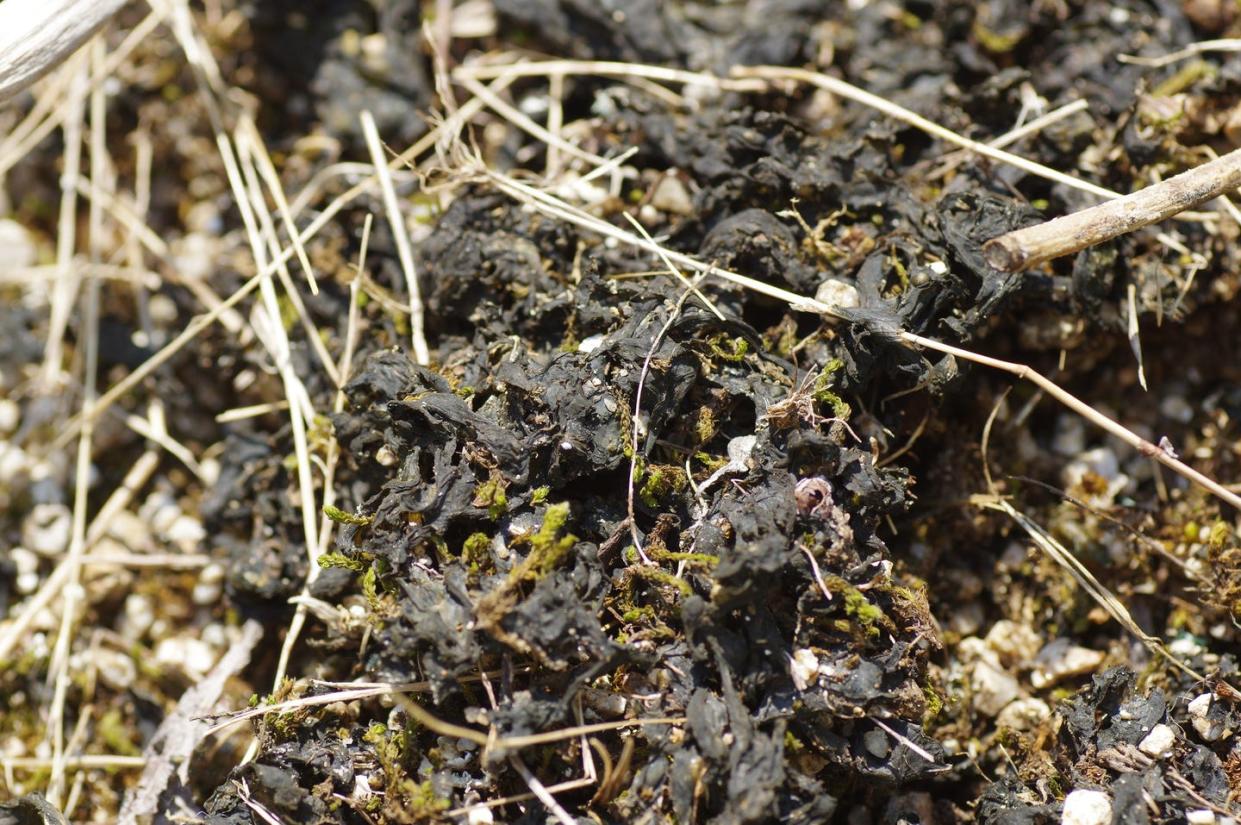
Nostoc is a blue-green cyanobacterium that’s been around for 3.5 billion years, making it one of the world’s oldest-living organisms.
This jelly-like organism (also known as witch’s jelly) that looks like slimy seaweed shows up soggy lawns and tends to fill in the gaps where grass won’t grow. It doesn’t pose any health threats to plants or animals, according to the Clemson Cooperative Extension, however, it’s super slippery and can cause some slip-and-fall accidents.
To get rid of nostoc on walkways or the soil surface, you can use a flat-edged shovel to skim it off. If you’ve found a lot of it growing in your yard, you may need to aerate it to relieve compact soil or fix a drainage problem, according to Clemson Cooperative Extension.
Slime Mold
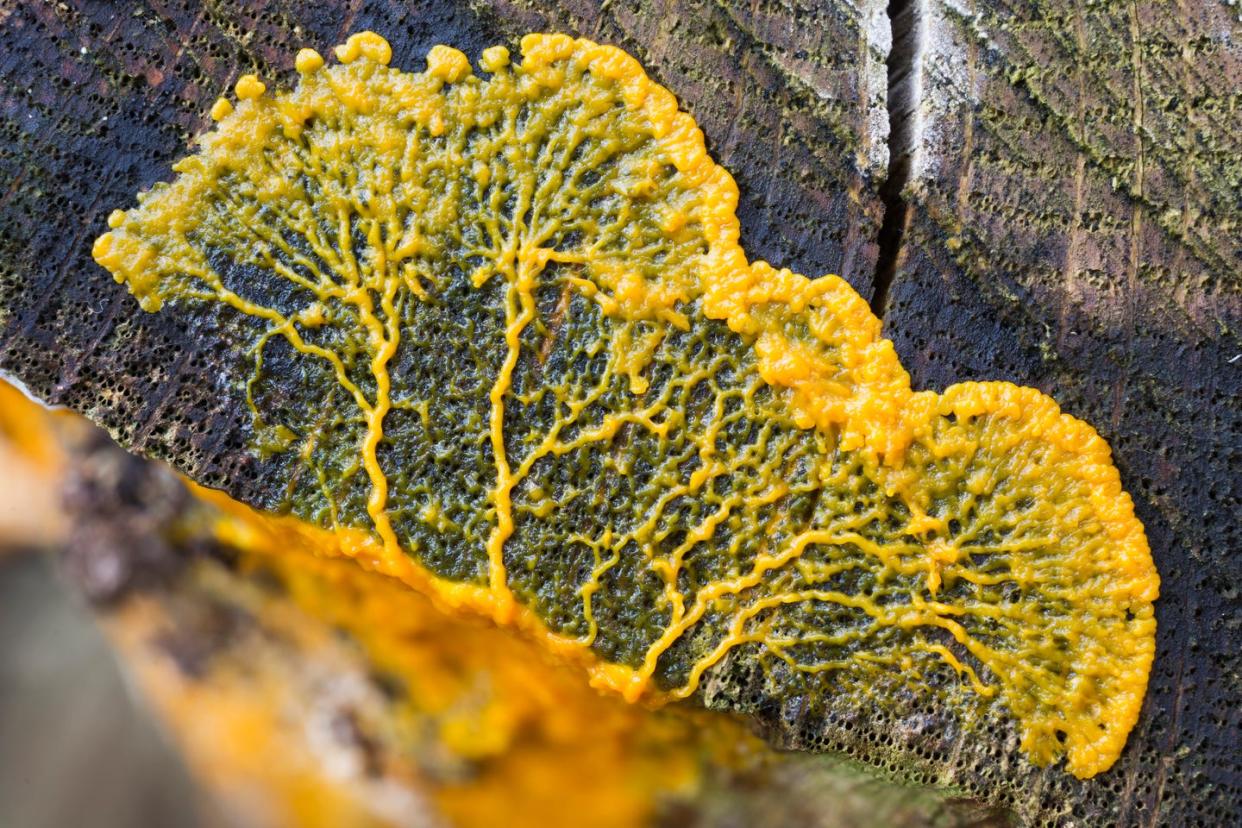
It can be pretty alarming if you spot these yellow or orange blobs in your yard. But slime mold, despite its off-putting name and unsightly appearance, doesn’t actually pose any danger to humans or pets, according to Texas A&M AgriLife Extension.
Slime mold often shows up after a rainstorm and is most common in humid regions, Taylor Green, a professional landscaper and cofounder of Artificial Grass Solutions, explains. The biggest threat it poses is that it could suffocate grass or plants, but it typically dries up on its own and doesn’t cause too many problems. If you want to get rid of it, use a pressure hose or rake it away, Green says.
You can also improve your lawn’s aeration to reduce moisture build-up, which might help keep slime mold away.
Follow House Beautiful on Instagram and TikTok.
You Might Also Like
